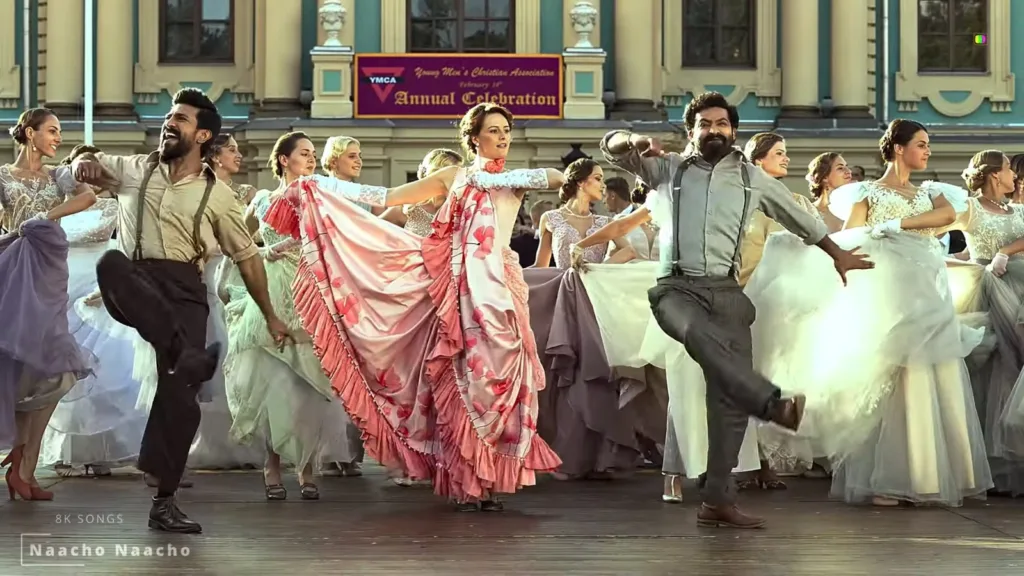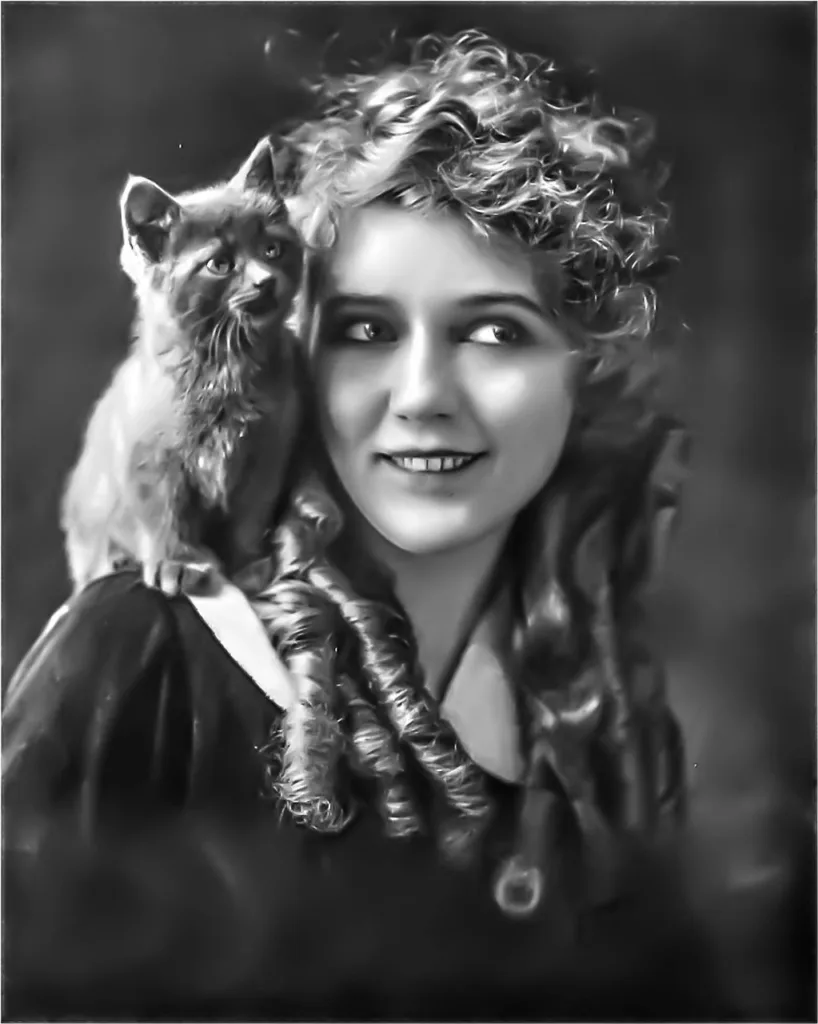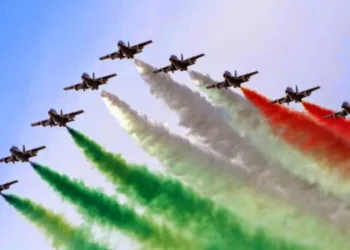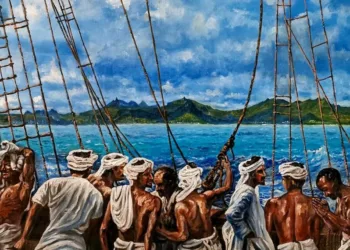Half the world watches the Academy Awards ceremony every year with bated breath to see acting, directing, music-making, writing and technical expertise in cinema being recognised on the biggest stage. But those coveted statuettes are the culmination of six months of campaigning among the 8,000 voters with billions of dollars spent on lobbying, ads, parties, luncheons, dinners, screenings
BY BRAHMANAND S. SIINGH
Once again, on Sunday, March 12, 2023, Dolby Theatres on Hollywood Boulevard, LA, will be at its sparkling best—the biggest of stars, the most powerful of producers, the legends and the very best from the fraternity—a glittery, glamorous evening of celebrating an art form, the prince of all awards, something magical, something worth aspiring for. And so, all of them will stay in suspense, after a six-month relentless campaign, looking forward to the line … “and the Oscar goes to …!”
It’s the result of a collective spend of billions of dollars in the past six months by various studios with films in the running. In 2023, amidst the extravaganza and showbiz, India has a quiet but emphatic stake in the most celebrated entertainment awards event in the world.
Not just one, but three significant movies are competing. RRR (Golden Globes for Best Song for “Naatu Naatu” for M.M. Keeravani and for director S.S. Rajamouli already under its belt) competes against four other nominated songs—“Applause” from Tell It Like A Woman, Lady Gaga’s “Hold My Hand” from Top Gun: Maverick, Rihanna’s “Lift Me Up” from Black Panther: Wakanda Forever and “This Is A Life” from Everything Everywhere All At Once (with a notable omission being Taylor Swift’s “Carolina” from Where The Crawdads Sing).
However, much more remarkable are the nominations for All That Breathes (Shaunak Sen, Best Documentary Feature) and The Elephant Whisperers (Kartiki Gonsalves, with producers Guneet Monga, Doug Bush, Achin Jain, Best Documentary Short). Both these films focus on environment and wildlife, are well-shot and well-made and resonate greatly at the levels of concern and human emotions. And are the only films with an environment axis in their categories.
Business impact of Oscar wins
In November 2008, I was with Danny Boyle at a film festival in New York, where my film, Pancham Unmixed, on R.D. Burman, was playing too. Danny’s Slumdog Millionaire was the centrepiece of the festival and I remember him talking to me at the after party and checking out the scope and prospects of its India release. He seemed excited but modest in his expectations. I next met him in March or April just after the 2009 Oscars in Mumbai at a masterclass organised by Anurag Kashyap. Now he was ‘the Danny Boyle’ of eight Oscars (and multiple Golden Globes and many other awards)! The film’s business and standing, as they say, is history—made at $15 million, it whipped up $383 million worldwide! So Oscars are not just prestigious, they also bolster hugely the business prospects of the film at all levels conceivable!
However, the Academy Awards don’t come easy! There’s a science and an art to it—of relentless campaigning and positioning amidst the 8,000-odd voters, whose eyeballs, imagination, aesthetics and value systems you have to smartly and strategically grab, cut through the crowd and stand out. And sure enough, it costs a fortune. Sometimes, as much as $20-30 million! On a regular basis, anywhere from a few millions to $10 million for even an average but well-designed campaign.
In 2019, passing through several US cities, I was shocked to see the skylines of the biggest cities: Roma and A Star is Born dominated the billboard space, easily six times the size of regular hoardings.
There’s something delightful about the Oscars. They can be fanciful and exhausting, and sometimes seem like a giant wastage of time and money. But it’s interesting to see people. discussing and betting on the films around the world almost like stocks and almost as if it were their own films!
Yet, winning an Oscar doesn’t always mean you have made the best film actually. It means you have reached out and positioned your film to the thousands of Academy voters, spending a lot of money and time, convincing them to vote for your film and not someone else’s.

What goes behind campaigning
Marketing campaigns for the Oscars usually start around the first major film festival of the year in May at the Mecca of all festivals—Cannes—followed by the major international film festivals of Venice, Toronto, Rotterdam, Sundance, Berlinale et al. Oscar campaigning in LA starts almost six months before the Awards and typically involve a lot of lobbying, ads, parties, luncheons, dinners, screenings, and so on.
Oscar campaigning is a wonderful example of extensive narrative marketing. Creating meaningful and impact-driven conversations between the academy voters and directors and other cast members is crucial for any Oscar campaign strategy.
Outsiders like Korean cinema and Chinese productions understood and exploited the advantage with films like Parasite and Crouching Tiger, Hidden Dragon. Indian nominees are sort of waking up to it, even though they are still miles away from the spending muscle power of the studios they compete with.
RRR, even if it missed the nomination they aimed for (Best Picture) which they did with awhole jing-bang in LA—Director (S.S.Rajamouli), Original Screenplay (Rajamouli and his father, K.V. Vijayendra Prasad), Lead Actor (for both Junior NTR and Ram Charan), Supporting Actor (Ajay Devgn), Supporting Actress (Alia Bhatt)—is still going strong and aggressive with many of them still campaigning to get the Best Original Song award for “Naatu Naatu” at, reportedly, $10 million.
Guneet Monga and her associates or Shaunak Sen, with support from Netflix and HBO, respectively, may not have the same luxury due to their films being documentaries but it’s a matter of great pride for India to have them on a road with less competition. The important part is that they are all there in LA, in the thick of things, perhaps with smaller budgets but very active team spirit and experience. Guneet, already a veteran at Oscars with earlier forays with Kavi (2010, producer of this short film, nominated for Best Short Film (Live Action); Vetri Maaran’s Visarnai (feature in 2016); Period. End of Sentence (2019, winner of Best Documentary) is there, making her presence count for sure.
These upbeat and positive producers and teams of Indian entries are beginning to crack the basic code of good campaigning, it seems. Firstly, they have understod that these are awards in America so you need an American distributor who knows how to navigate that space. Sony Pictures, Focus Features, Fox, Lion’s Gate and the like are known and respected names and have the stamp of approval from the voters and help draw the latter’s attention. Lagaan had Sony Pictures and fared marvellously. India lost a good chance with Lunchbox, also being distributed by Sony Pictures, but it wasn’t an official entry from India.
Late entries have been another drawback, which they are rectifying. Many countries send entries in August/September, India sometimes as late as November, so you are giving your film less of a fight. And, of course, the all-important act of selecting and hiring a good PR agency well in time before they close their clientele. Good, authentic and reputed PR agencies design and promote the experience of your film, inviting them into your world, beyond what Bong Joon-ho describes as the one-inch barrier of subtitles, which all foreign country films (read, non-American) face. Stylishly and elegantly, they target Oscar voters with ads, mailers, screeners, events, and a lot more. They help you figure out a compelling narrative around the film, and then get people to buy into it. Crafting that narrative that is both the movie and beyond the movie is a huge part of the conversation—how you market the film, who goes to see the film, how they in turn talk about it—at dinners, breakfasts, luncheons, teas and cocktail receptions hosted by celebrities, producers and influencers.

Why Indian nominations are so few
In the main categories, if we leave aside Gandhi (1982) and Slumdog Millionaire (2008), since both films, though set in India with a majorly Indian cast, were not directed by an Indian—though each bagged eight Oscars (and individual winners Bhanu Atthaiya, Resul Pookutty, Gulzar and A.R. Rahman have done us all proud) —only three films have made it to the final nominations: Mother India (1957), Salaam Bombay (1988), and Lagaan (2001). So, 94 years and not a single Oscar for an Indian film. Shekhar Kapur’s Elizabeth won but was not an Indian film. The film by him which could have been a contender, Bandit Queen, didn’t find its way to official entry from India. The Academy, though, awarded Satyajit Ray an honorary Oscar in 1992, which was sent to a hospital in Kolkata where he was then admitted.
We may say we score low on Oscars because we make films for a different market, there’s too much lobbying which is never our cup of tea or that it costs filthy amounts to promote and compete. And so on. But with smaller films and documentaries in the run, the process has started already for better and bigger things to come. And with it, our interest even in the other films remains prominent. Which is why on March 12, at 6.30 am IST, it will be important for us to wait with bated breath to find out which films have won and later or earlier, watch them with excitement and learning.
And all because of Mary Pickford…

In 1930, at the very second Academy Awards, Mary Pickford won for her first-ever talkie, Coquette, in the Best Actress category by campaigning for it. Very few had expected her to win, and ever since it has become a game of communication, relationship, storytelling and positioning. Ninety-three years ago, she had strategically invited the judges over for tea at her stately home, Pickfair, which was considered to be the centre of Hollywood social life. Today, of course, the same game is played a million-plus times at an exponential scale.
(The writer is a National Award-winning filmmaker and a REX-Karmaveer Chakra Awardee (a UN-driven international award for bringing about positivity in people’s mindsets). He is known for award-winning features and feature-documentaries on R.D. Burman, Jagjit Singh, human trafficking, child labour, educational excellence, Alzheimer’s, Parkinson’s and several other sensitive subjects.)








